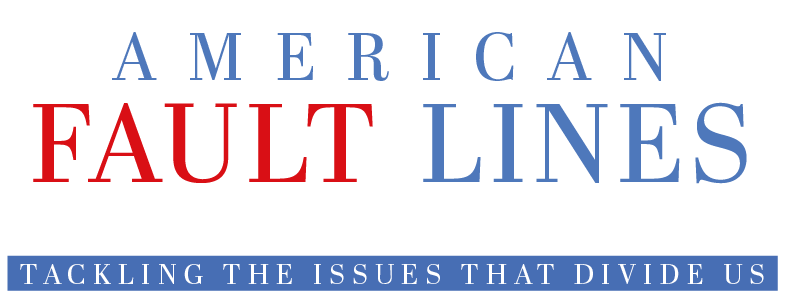We just don't get it, do we? And by "we," I mean all of us -- Americans, Arabs, Europeans, Pakistanis, Indonesians, you name it. The cartoon controversy is just the latest evidence of that. It's almost as if we want to believe the worst about each other.
There was a book published a few years ago called, Men Are From Mars, Women Are From Venus. Sometimes I think the inhabitants of the West and the Muslim world are living in different universes.
We may not be witnessing a "clash of civilisations" -- though some people certainly seem to want one -- but there is a fundamental disconnect between our societies. The cartoon controversy is just the latest example of the essential gap in worldview, perceptions and communication that drives polarisation.
"These are our values and we will defend them," German Chancellor Angela Merkel said last week, seemingly oblivious to the fact that Muslims around the world feel exactly the same way. But then double standards, and "holier-than-thou" attitudes, abound on both sides of this tempest. The litany has already been catalogued elsewhere: European laws against anti- Semitism which don't apply to Arabs, the "other" Semites; anti-Jewish cartoons that regularly appear in Arab newspapers now leading the chorus of denunciations of the European press.
Saudi Wahabis desecrated -- neigh, obliterated -- Prophet Mohamed's tomb and today they protest about cartoons. The same Western journalists who today preach free speech caved in to Bush administration's pressure not to show POWs in Iraq and Bin Laden tapes.
The list goes on, depending how many years -- or centuries -- you want to go back.
Meanwhile, for all the talk of dialogue and understanding, we each fail to grasp what, as we say in America, "makes the other tick"; in other words, the complex mix of factors that make us what we are and shapes how we see the world. Instead, we fall back on stereotypes and clichés, viewing each other through a bloodshot lens.
And, of course, the worst among us somehow always manage to become symbols of what we -- as entire peoples, or "civilisations" -- are, thus playing directly into the stereotypes on both sides. A Boston Globe cartoon last week depicted angry Muslim crowds waving banners such as, "Kill infidels" and "Off with their heads," as one protestor said to the other: "Watch, some cartoonist will twist this around to make us look bad." Crude -- but true. Images of rioters burning embassies become a caricature of what so many Westerners have come to expect of Islam.
"I'm programmed to look upon offence as a choice," a Western colleague said in an email the other day. "The insult is from the outside, but in my worldview, how one reacts is largely a choice. Try though I do to get my head around the widespread response to the cartoons, it still seems like lunacy to me."
Most rational people in the West do not think all Muslims are fanatics but neither do they understand that, as Al-Ahram columnist Salama Ahmed Salama told me recently, "Here religion is a daily food." There are plenty of religious people in the West; some 40 per cent of Americans describe themselves as fundamentalist or "born-again". But religion is not, to most in the West, part of the fabric of life to the extent it is in the Muslim world. Westerners often use God's name as an epitaph; Muslims call upon Him a thousand times a day. "Insha'allah," God willing.
Plenty of Christians were offended by Andres Serrano's photograph "Piss Christ," which depicts a crucifix submerged in a vat of the artist's own urine, but few even bothered to write a letter to the editor, much less take to the streets. So the depth of insult felt by so many ordinary Muslims over the cartoons simply does not sink in.
When anti-Danish protestors started trashing embassies last week, those who were trying to understand simply gave up. And once those crowds started shouting "Death to America," as they did in several countries last week even though few papers in the US showed the cartoons and President Bush criticised them, many in the West shook their heads in bewilderment: "The Muslims were at it again."
But lost in all the noise is the fact that many here in the Middle East are equally baffled. "I don't get it," one of my Egyptian students said, when she learned the cartoons had appeared in several places last year. "Why did everyone get so upset now?"
Authoritarian regimes and religious radicals manipulate the emotions of understandably aggrieved Muslims for their own political gain. Reactionary forces in the West use the resultant chaos as an excuse to say, "I told you so."
"I've long been sceptical of the 'Religion of Peace' moniker for Muslims -- for at least 3,000 reasons right off the top of my head," conservative columnist Ann Coulter smugly wrote on her Web site. "I think the evidence is going my way this week."
As understandable as it is that Muslims would be deeply offended by these depictions of Prophet Mohamed, there is a degree of manufactured outrage afoot. There have been plenty of insulting cartoons about Prophet Mohamed and Islam in recent years. A quick Google search turns up images from the US and other parts of Europe at least as insulting as those published in Denmark. Why did no one take to the streets when they appeared?
In fact, Egypt's own Al-Fajr newspaper published two of the Danish cartoons on 17 October of last year accompanied by a story headlined, "Impudence continues. Sarcasm about the Prophet and his wives through caricature." The Al-Fajr newsroom was not sacked. The editors were not jailed. Overseas Muslims did not boycott Egyptian cotton. No ambassadors were withdrawn.
Why not? The short answer is that forces that could benefit from the backlash were not then poised to take offence. In Denmark, leaders of an alienated minority community who were eager to solidify their political base came up against an arrogant government that could not see -- or did not care -- why they were upset. It wasn't the actual publication of the cartoons that ignited the bonfire, which took place in September, it was the Danish government's snub of Muslim leaders months later, coinciding with republication by a Norwegian paper.
And, as we have seen again and again in recent years, both sides quickly proclaimed they had Truth with a capital "T" on their side. Others soon chose sides.
"Europe Can Take Pride in Defending Cartoons," proclaimed the headline over an opinion column in The New York Times. Why? What is there about the provocative actions of some insignificant little Danish paper with a track record for anti- immigrant diatribes that we should defend?
This isn't about censorship; this is about good sense. As I tell my journalism students, the decision on whether to use -- or not to use -- a given picture or frame of videotape involves a conscious choice. Just because I have the right to broadcast the image of a person with third degree burns writhing in agony, doesn't mean I should.
When it comes to the current controversy, missing from the debate is the fact that we are different. We come from different cultures. We see things differently. We have different thresholds for what offends. Why is that a problem? Failure to recognise this is what got us to this place of polarisation to begin with.
Some of the erstwhile defenders of press freedom claim that to withhold publication of the cartoons is to set the media on a slippery slope to immobility. Everything offends someone, they say. It is a spurious argument. This isn't about showing the Prophet Mohamed -- countless Islamic publications have done that through history. It's about showing an overtly offensive image of him.
Chancellor Merkel has every right to defend her "values," but the world might be a bit better off if political and religious leaders spent less time defending their own values and spent more time respecting those of others -- or at least recognising that they exist.
The irony is that by publishing -- and republishing -- the cartoons, Western defenders of press freedom provide ammunition to both authoritarian regimes and extremist religious groups that would love to censor far more than just cartoons.
Tragically, it is the media -- and ultimately the people -- of the Middle East and broader Muslim world that will suffer most if those forces get their way.


